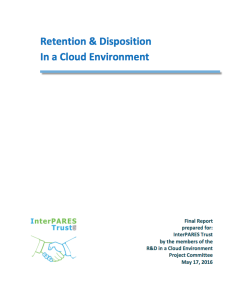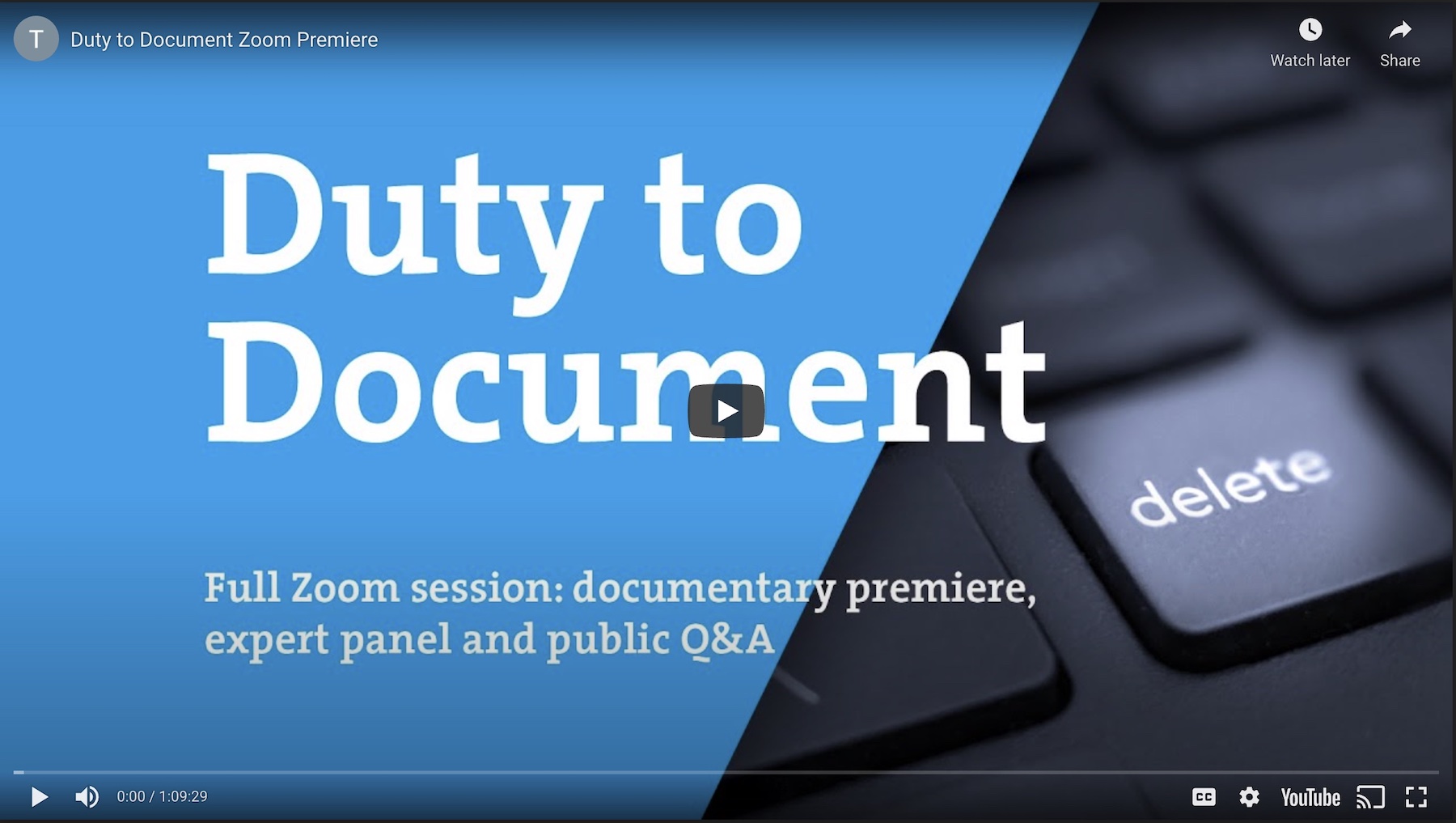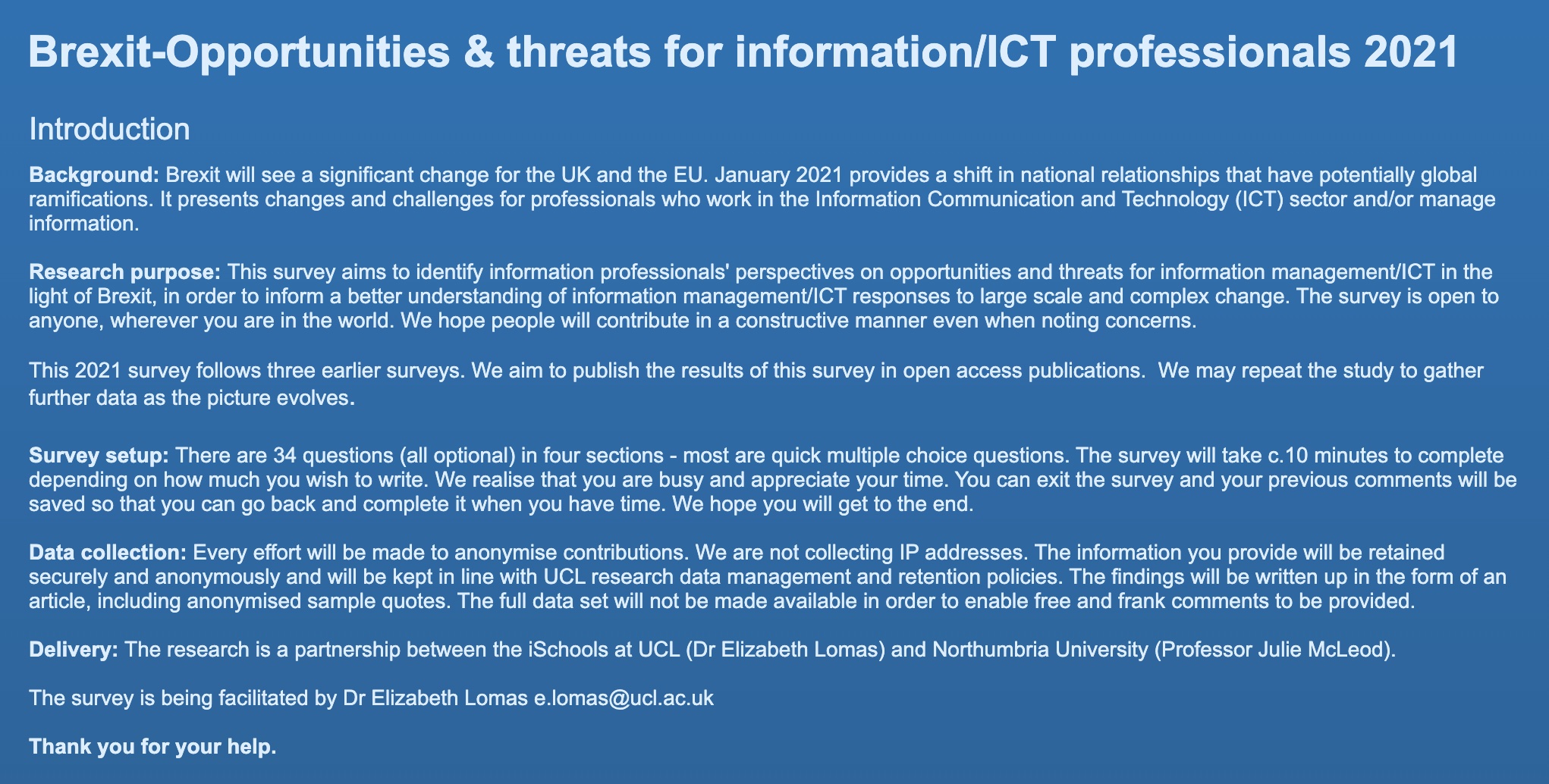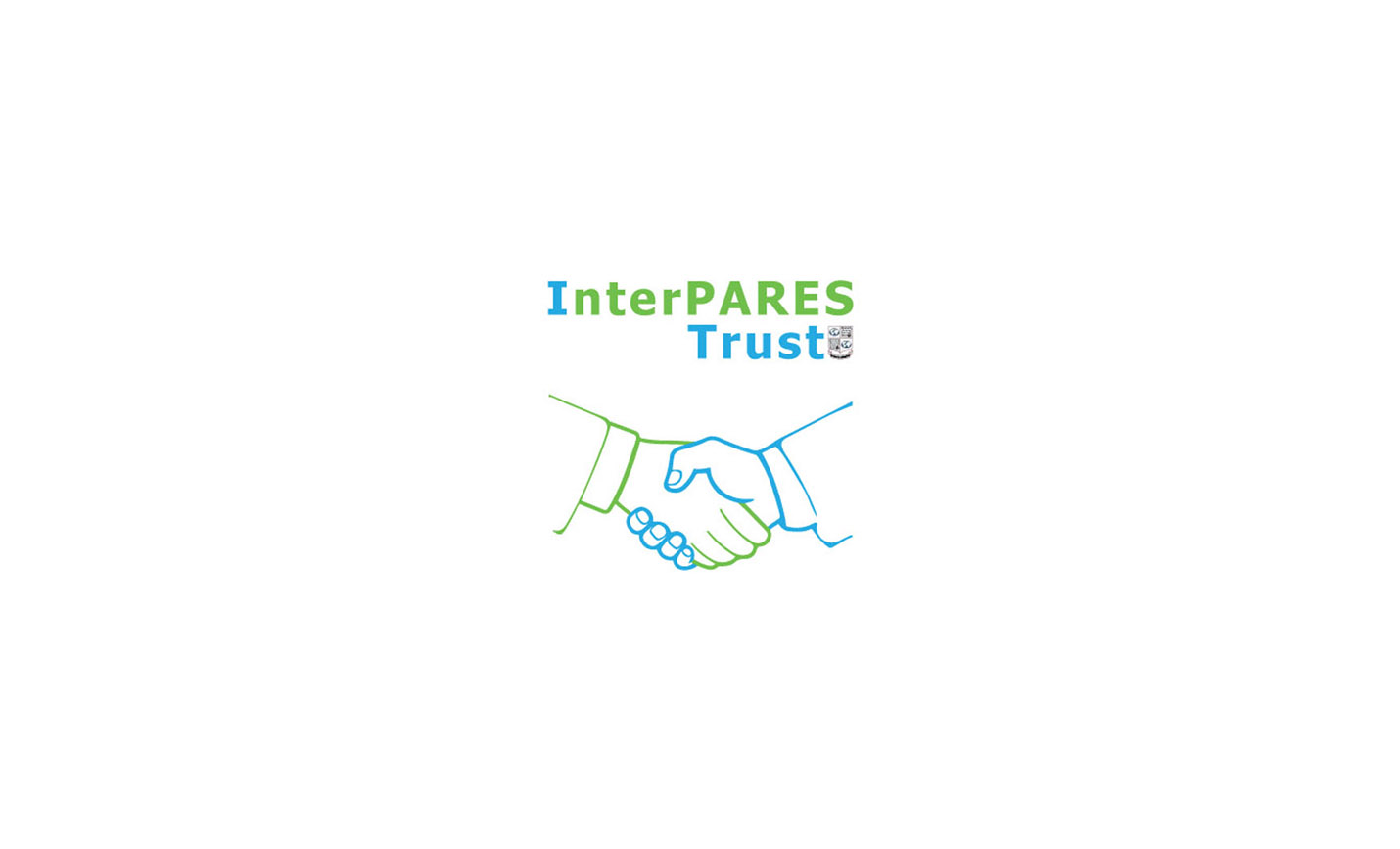 We have a new report available on our website that researches retention and disposition in the cloud. The research team of Pat Franks (San Jose State University – research lead), Alan Doyle (UBC Archives), Linda Nobrega (BC Information Access Operations Branch), Lara Wilson and Jane Morrison (University of Victoria Libraries), supported by several graduate research assistants from UBC and San Jose State asked how the use of cloud services affects and organization’s ability to retain and dispose of records in accordance with the law and other guidelines, and what can be done to mitigate the risks that arise from the gaps between the ability to apply retention and disposition actions to records residing within the enterprise and those residing in the cloud. They collected information on selected major cloud service providers, and surveyed users of cloud products and services belonging to a records and information management professional associations.
We have a new report available on our website that researches retention and disposition in the cloud. The research team of Pat Franks (San Jose State University – research lead), Alan Doyle (UBC Archives), Linda Nobrega (BC Information Access Operations Branch), Lara Wilson and Jane Morrison (University of Victoria Libraries), supported by several graduate research assistants from UBC and San Jose State asked how the use of cloud services affects and organization’s ability to retain and dispose of records in accordance with the law and other guidelines, and what can be done to mitigate the risks that arise from the gaps between the ability to apply retention and disposition actions to records residing within the enterprise and those residing in the cloud. They collected information on selected major cloud service providers, and surveyed users of cloud products and services belonging to a records and information management professional associations.Five themes emerged that were central to discussions of retention and disposition in the cloud: risk analysis and risk management, legal regimes and standards, information governance, emerging approaches to retention and disposition, and trust.
The results of their work will be extremely useful to archivists and records managers alike in all areas of records/archives management, as their review of cloud services included archiving solutions (e.g. ArchiveSocial, and Google Vault) as well as backup and data protection services, office/business solutions (e.g. Microsoft Office 365/Sharepoint, including RM extenders and compliance suites), filing sharing and storage, IaaS/PaaS/managed services, litigation support and e-discovery, and longterm digital preservation.
In the conclusions, they offer some best-practice advice and recommendations for records professionals, and recommendations for vendors.
This report includes a questionnaire (Retention and Disposition Functional Requirements) that can be used to help evaluate specific cloud products and services to ensure that retention and disposition is effectively implemented and managed. These Functional Requirements are also available on the InterPARES Trust website as a stand-alone document.
I encourage you to have a look at these documents, as well as the accompanying executive summary of the survey, and two literature reviews.





